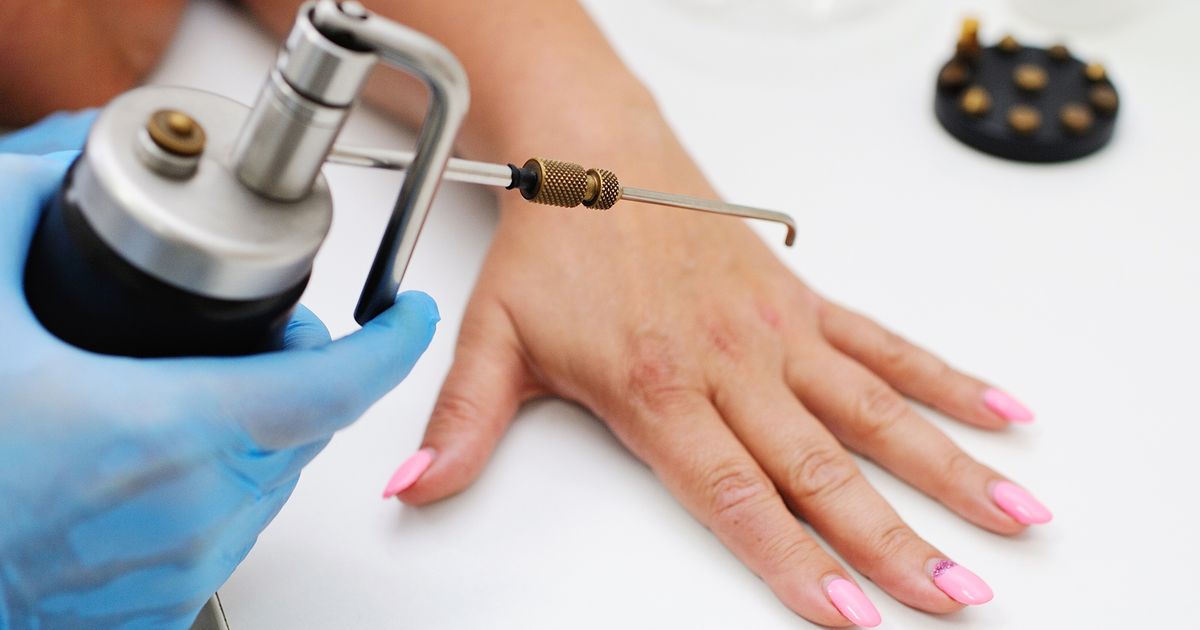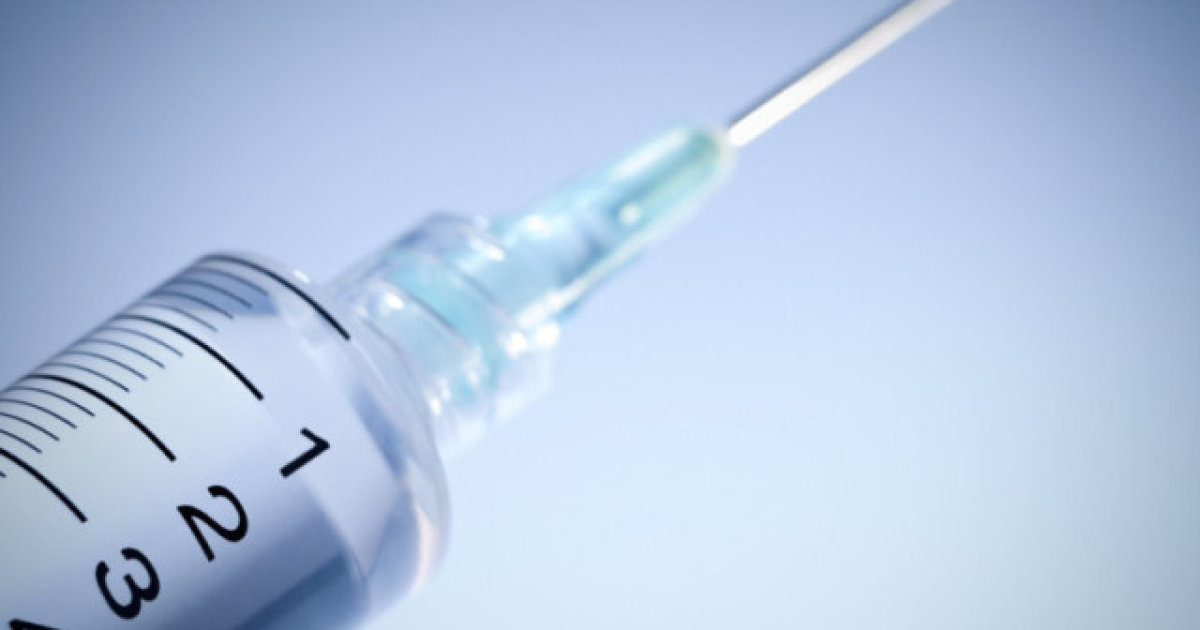Options For Treating Periungual Warts
Periungual warts sound worse than they are, but that does not mean anyone wants them. While the development of a wart like this is not a major health concern, it is a visible concern for many individuals. These warts are common around the fingernails and toenails, which makes them markedly noticeable. It is possible to hide them with closed-toe shoes, but it is not possible to hide them on the fingers unless patients wear gloves everywhere they go.
Since this is not an option, individuals might want to know what works to treat these warts. They are unsightly, but they can be treated. There are several options, and it is up to patients to discuss available treatment options with their doctor to come up with the best possible plan. Not all treatment methods work for everyone, so patients might need to try one or more until they're satisfied with the results.
Cryotherapy

Cryotherapy is the art of freezing warts off the fingers or toes. This is done with the use of liquid nitrogen, and it can be painful. This is not to say it will be painful for everyone, but it is for many. Some patients describe the application of liquid nitrogen as uncomfortable, but they do not necessarily feel it is painful. The difference is found in a patient's personal pain tolerance as well as how deep each wart is inside their skin. Deeper warts are more painful to remove with this treatment.
The reason it hurts more if they are deeper is patients have to go through the process more than once. If the warts are located on the fingers, patients might find it is more beneficial to treat them this way than it is to treat warts on their toes this way. If individuals have periungual warts on the bottom of their toes, there is a greater chance they are deeper due to walking on them regularly.
Injections Of Antigens

An injection of antigens is a helpful treatment option for many of these warts. Antigens are toxins used to produce an immune response from the body. The injection is designed to help the body fight the human papillomavirus, them ain cause of all kinds of warts, with an immune response. This does not work for everyone, but it is highly effective in many patients who try this method of treatment. The response it causes when it is injected into the periungual wart can cause the body to start attacking the virus to kill it. The faster it works to kill the virus, the faster periungual warts will go away. However, the body might not provide the correct response, and it might not work forever and individuals may still develop periungual warts over the years.
